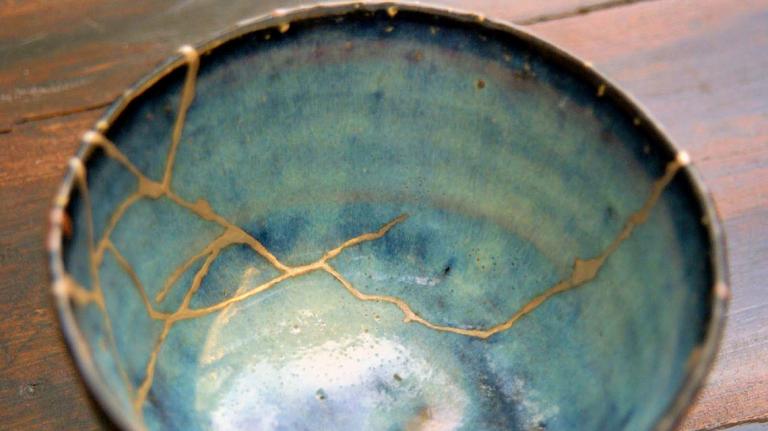Pottery in Ancient Legends
3 min readAlmost every invention in ancient China is related to a sage legend. For remote ancestors living on raw meat and in deep caves, it was their most imperative need to improve their living conditions. As a result, those wise men who managed to enhance people’s living conditions were divinized as sages, as described in the story of Sui Ren Shi who taught people how to make fire by drilling wood, and the story of Shen Nong Shi who tasted hundreds of different herbs to cure patients. Pottery was no exception. It is fire-resistant. It could be used as both container and cooker, and greatly improved the living conditions of our ancestors. As one story goes, after showing people how to make fire and to cook with fire, Sage Sui Ren Shi went further to teach people how to make pottery cauldrons in metal molds. There are other similar stories, such as Shen Nong Shi producing crockery, Xuan Yuan Shi making bowls and dishes, as well as Huangdi designating the Official of Pottery, all are about contributions of sages in pottery making.
Although attributing pottery invention to one specific sage is just a moving legend weaved by later generations, it didn’t come out of nowhere. The real history can be revealed through the supernatural elements of these tales. As archaeological discoveries showed, pottery came into being right with the approach of the agriculture era when our ancestors had learned the properties of fire and clay. In ancient times, our ancestors learned to use fire through struggling with nature.

Fire traces have been found in the Upper Cave Man Site of Beijing which has a history of at least twenty to thirty thousand years. The use of fire was indeed a great event in the development of human history, as it not only helped people drive off cold and keep warm, but enabled them to cook and remove the foul smell of raw food as wel1. Nonetheless, not all problems were solved by using fire only. Forinstance, food gets scorched easily if exposed to fire too close and water is incompatible with fire. Furthermore, due to the start of agricultural settlements of human beings, people were in dire need of containers for holding water and storing grains. These problems had obsessed our ancestors until they accidentally found baked clay was able to sinter. The earliest potteries were largely utensils neededfor daily use, such as cauldrons, bottles and vases, which reflected the basic needsof ancestors. Potteries of that time attached importance to practicality, with very simple or even no decorations. When practical needs were met, ancestors began to apply innovative decorations on potteries.
They drew simple geometric lines extracted from nature and patterns of familiar animals and plants on utensils, signifying a gradual integration between practical functions and primitive art forms.

By late Neolithic age, with further development of human civilization, people’s life was gradually influenced by the concepts of worshipping heaven and showing respect to ancestors, resulting in the emergence of ritual and musical pottery ware, such as (a beaker-shaped vessel for holding wine),(ewer, vessel with cover surmounted by a knob), and(a low spout vessel with contracted mouth). They were similar to daily pottery utensils in shape, but were only used in rituals to assist conveying worship to heaven, earth and ancestors. Their adornments also became more and more sophisticated, with wide application of metaphorical patterns connoting primordial religious beliefs, which helped promote the development of pottery art.
After entering the Bronze Age, the booming bronze culture didn’t affect much on pottery making. Because pottery was low in cost and efficient in productivity, it would never be completely replaced by bronze-ware, which was specially applied as symbol of a country or for luxurious enjoyment of the nobles. On the contrary, pottery and bronze-ware influenced each other in form, technique and design. They together constituted the most unique representative of the Bronze Age.









